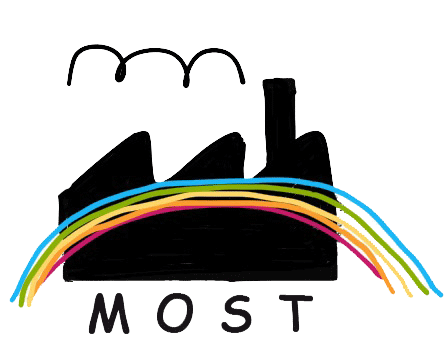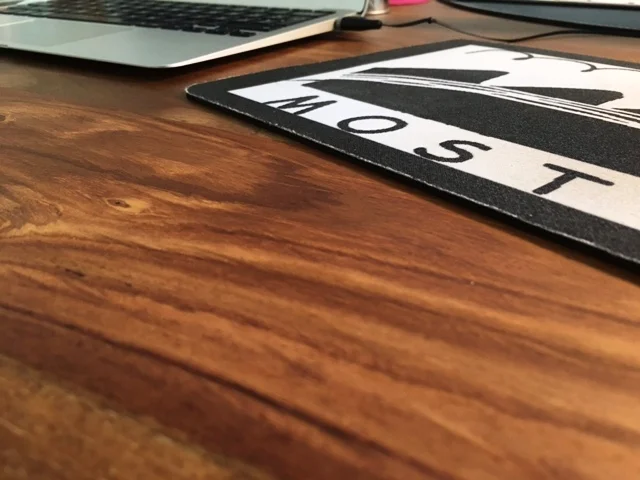THE RISK OF UNDISCLOSED CHINESE SUPPLIERS
More than 10.000 Chinese factories are currently operating in Italy as garment, shoes/leather accessories and denim manufacturers. 4.000 are located in Tuscany only and more than 5000 are located between Veneto, Emilia Romagna, Lombardia and Marche.
Chinese laborers, first a few immigrants, then tens of thousands, began settling in Prato in the late 1980s and they transformed the textile hub into a low-end garment manufacturing capital. The city is now home to the largest concentration of Chinese in Europe.
This is the new “Made in Italy” which allows cheap selling price, good quality and a “Made in Italy” label on brands’ products.
Such conditions are tolerated by the Italian weak institutions and have steadily grown beyond the control of state tax and immigration authorities. According to the Bank of Italy, Chinese individuals in Prato send an estimated $1.5 million a day to China, mainly earnings from the garment and textile trade; profits of this magnitude are not showing up in tax records.
Working conditions in the Chinese factories operating in Italy are equal to the Asian labor conditions. Factories are run by Chinese employers and owners who are recruiting Chinese man force only. Workers can be imported by China and in this case they are bonded to the employer for years in order to be able to pay back the cost of the trip or they can be recruited directly in Italy from the various Chinese communities present in the country.
The business model at this factory is based on cheap prices and fast delivery and for such reason it is attractive to brands, agents and direct suppliers.
Chinese employees are working and living at the factory, in fact in the majority of the cases the employer provides accommodation and food. Hygienic and safety conditions of the dormitories are however often unacceptable.
Factories can be located in industrial warehouses but also in the cellars, taverns or garage of private houses and it occurs that a high number of those “laboratories” are clandestine as they operate without business license or operational industrial certificate. Being unregistered and hidden factories, they are not subject to any type of control. Moreover, as mentioned above, the Italian authorities are weak on this matter as no sufficient controls are performed and corruption can be another problem in the basket.
Chinese factories normally employ between 5 and 10 employees however during peak months the number of workers can reach 20 to 30 and “seasonal workers” are illegally employed at the factory as not registered and not provided with any form of benefits.
The number of audits conducted by MOST assessors between 2013 and 2016 reveal that compensation and working hours are not following the country law regulations and the CBA. Chinese employees are paid by piece (illegal practice in Italy) and such practice is an incentive to workers to produce more and faster. Although payslips are issued those are displaying only an average of 20 hours worked per month against the 220-250 actual hours performed.
MOST conducted an average of 100 interviews with Chinese workers located in Lombardia, Tuscany and Marche regions. Employees reported working more than 12 hours per day and having about 1 or 2 days off per month. Payments are made in cash based on the piece produced, if the quota is not met the compensation is drastically reduced. Benefits such as sick leave, holiday and maternity leave are not granted. When employees cannot work for health problems those are not paid and replaced by illegal workers for the days needed. Overtime is compulsory at all times.
The assessment reveals that Health and Safety basic conditions are rarely respected. When Chinese manufacturers are located in houses, cellars or small laboratories the fire extinguishers and fire alarms are always missing. The use of glue, solvents and cleaning hazardous products is not controlled and the quality of air is not monitored.
Proposed Project Implementation:
1. Recognize the risks and create visibility
Your brand is probably aware of your direct supplier (Tier 1) however how is your brand aware of suppliers at tiers two and three? Have your brand evaluated how critical they are to your supply chain? Do you know the factories and the locations in which your branded goods or components are made? What would be the impact to your brand if a second- or third-tier supplier was exposed as using child labor or mistreating workers?
A brand’s value could be eroded or destroyed through the errant actions of a lower-tier supplier.
MOST can support your brand evaluating your knowledge of the supply chain and the different levels of suppliers involved in the production. Mitigating suppliers risk and being able to respond quickly in case of violations or disasters reported by the media and connected to your brand is a key action.
MOST can assist your brand creating a global supplier database and build an accurate supply chain map detailing every supplier at every level. Suppliers can be contacted directly and asked to provide basic information on the production flow and the use of sub-suppliers or homeworkers.
2. Build a map
Mapping the supply chain allows the brand to assess which supplier manufacturing sites which are potentially exposed to risk. MOST can perform an evaluation of the risks based on the regional area and the level of supply chain fragmentation.
3. Motivate suppliers
The key of a successful mapping is the suppliers and agents involvements. Suppliers and agents shall be able to understand risk in their own supply chains and improve their own business resilience.
MOST can support your brand offering training, seminars and online presentations to your suppliers and agents to create risk awareness. Although some suppliers/agents may be reluctant to provide information, especially if they feel the information is sensitive MOST will reassure suppliers/agents that they can control who has access to their information and can maintain commercial confidentiality.
4. Work collaboratively
Most industries share common suppliers and the most efficient and effective way to do it is by working within a collaborative community, where effort and cost are shared.
Collaborative communities that use a central source of verified supplier data provide a perfect environment in which to map out supply chains.
Relevant links:
Chinese workers trafficked into Italian garment factories
Chinese garment workshops in Italy
Chinese slaves dying in Prato, Italy

